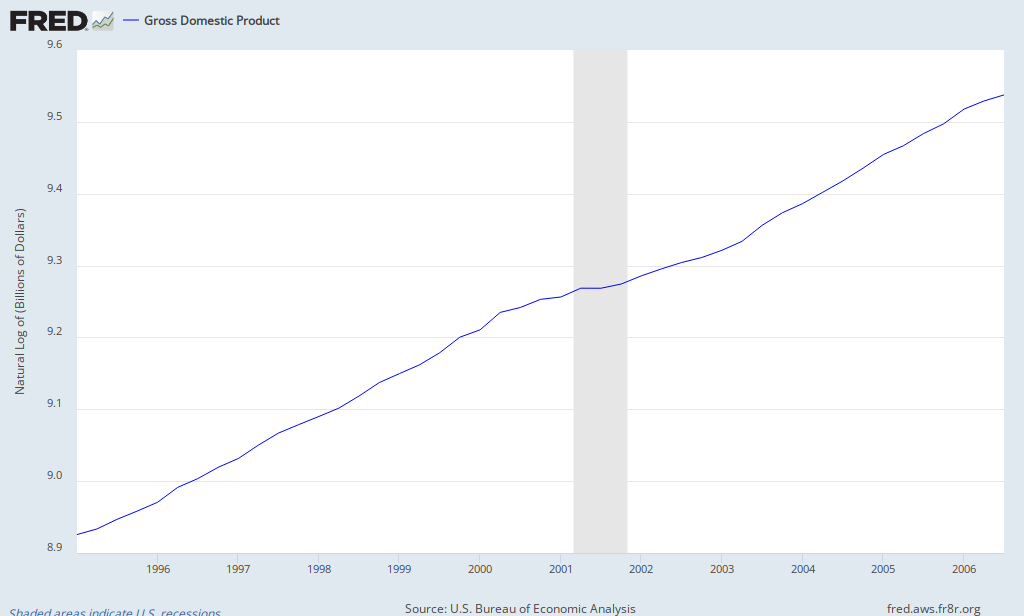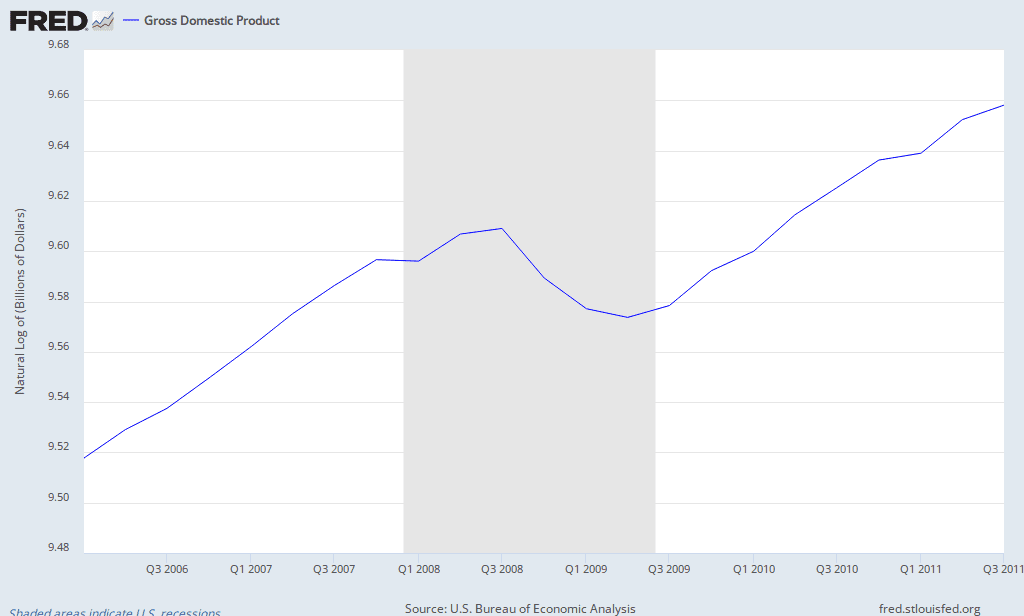"...If anyone asks me what has been the great American story of my lifetime, I have a ready answer."
An interesting commentary on money in America by a person who lived a bit of it as the clock turns to 2012.
'Wall Street has destroyed the wonder that was America.' by Michael Thomas
"The Street and its ministries of propaganda have fallen back on a Big Lie as old as capitalism itself: that all that has gone wrong has been government’s fault."
"...And that was back when Wall Street was basically honest, brought into line thanks in part to Ferdinand Pecora’s 1933 humiliation of the great bankers of the Jazz Age and even more so because of the communitarian exigencies forced on the nation by war. From Pearl Harbor to V-J Day, greed was definitely not good, and that proscriptive spirit lingered on right up to 1970, when everything started to change, and the traders began their long march through our great houses of finance, with the inevitable consequence that the Street’s moral bookkeeping grew more and more contorted, its corruptions more elaborate, its self-interest less and less governable. What someone has called the “Greed Wars” began." http://www.thedailybeast.com/newswe...as-destroyed-the-wonder-that-was-america.html
An interesting commentary on money in America by a person who lived a bit of it as the clock turns to 2012.
'Wall Street has destroyed the wonder that was America.' by Michael Thomas
"The Street and its ministries of propaganda have fallen back on a Big Lie as old as capitalism itself: that all that has gone wrong has been government’s fault."
"...And that was back when Wall Street was basically honest, brought into line thanks in part to Ferdinand Pecora’s 1933 humiliation of the great bankers of the Jazz Age and even more so because of the communitarian exigencies forced on the nation by war. From Pearl Harbor to V-J Day, greed was definitely not good, and that proscriptive spirit lingered on right up to 1970, when everything started to change, and the traders began their long march through our great houses of finance, with the inevitable consequence that the Street’s moral bookkeeping grew more and more contorted, its corruptions more elaborate, its self-interest less and less governable. What someone has called the “Greed Wars” began." http://www.thedailybeast.com/newswe...as-destroyed-the-wonder-that-was-america.html
Last edited:


